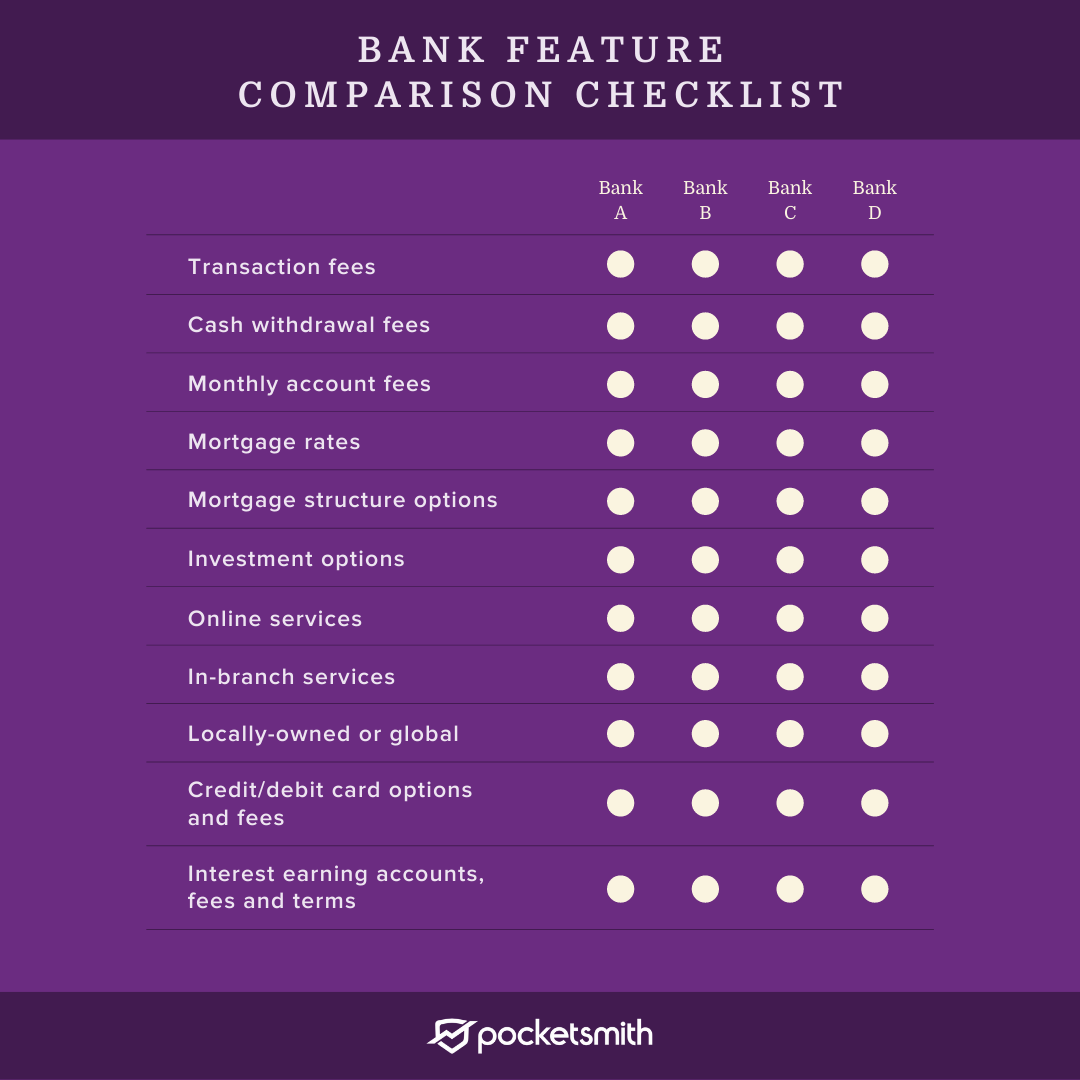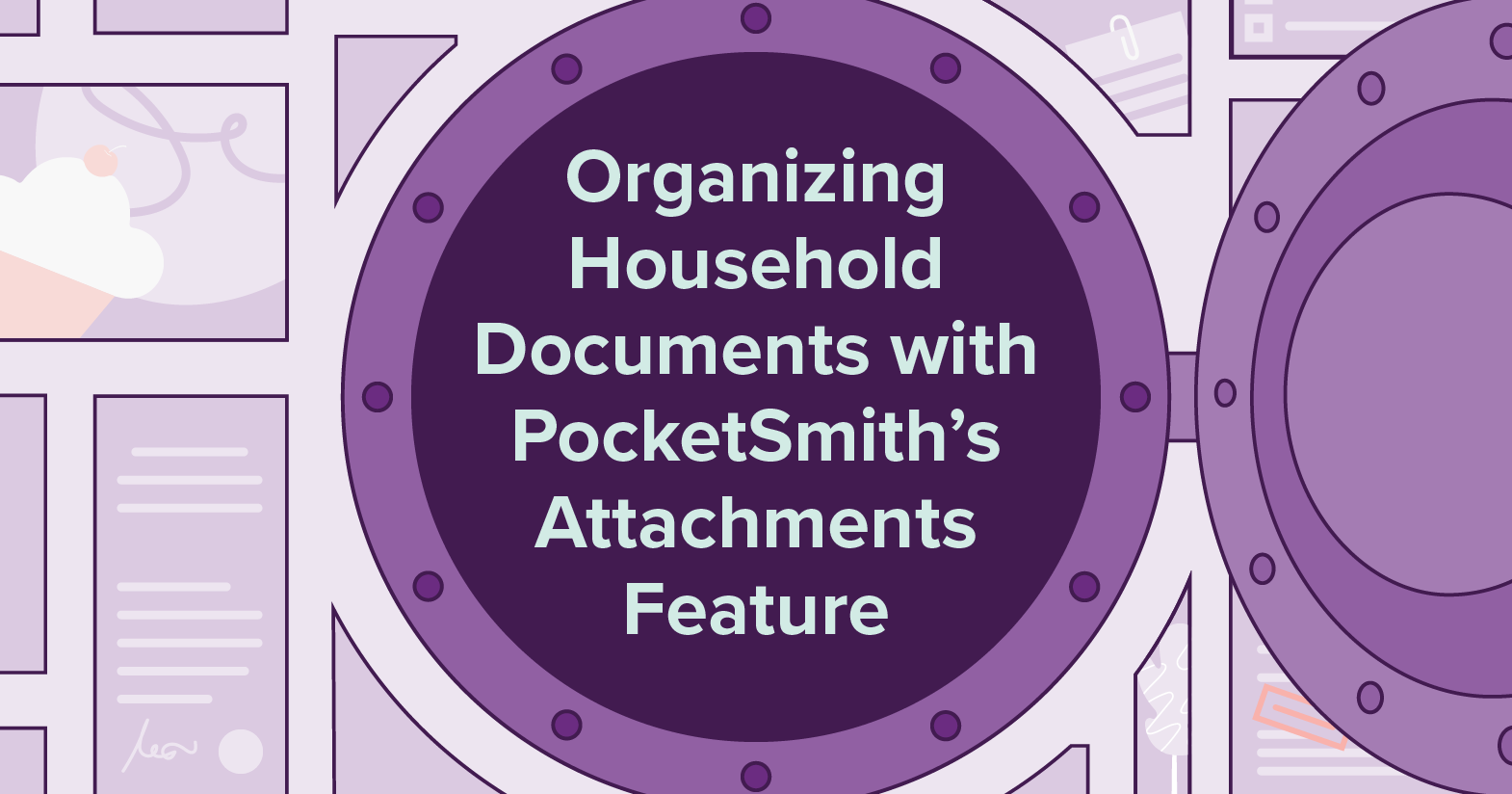
How to Choose the Right Bank
When should you consider switching banks and what should you look out for when doing so? Ruth shares tips on how to form the banking structure that works for you, and we’ve thrown in a downloadable bank feature comparison checklist!
Why are you with the bank you are with? Is it a conscious decision to stay banking with them, or is it just the way it’s always been? Maybe your family chose your bank for you when you were little and needed somewhere to store your pocket money?
Whether it be loyalty or, more likely, apathy, many people are dissatisfied with their bank. They know there are better ways to structure their banking but are reluctant to upset the status quo and make a change.
Why? Because changing banks is hard work, isn’t it?
No, not really. Granted, you have to pay a bit of attention for a short space of time, but it’s actually relatively straightforward, and you will likely save yourself money as well.
Why should you consider changing banks?
Let’s first look at common Google searches for clues:
- What to look for when choosing a bank
- How to choose a bank for a mortgage
- Bank fees
- Small business bank account
- Opening a bank account for your child
- Switching banks
All of these examples point to change.
As the years tick on, we no longer make just $5 a week, instead, we make $1,000, yet many keep the same banking structure. It might have worked perfectly when you were 13 years old and trying to work out if you could buy a movie ticket and ice cream, but life is far more complex when you are an adult.
The reasons you should consider changing banks are varied:
- You might enter a relationship and combine accounts
- You might have children
- You pay an increasing number of bills
- You may have multiple income streams
- You may start a business
- You may take on a mortgage
A single bank account would be working overtime to allow you to meet all of your commitments and optimize your money. This is when you might start to look at changing banks.
Before you leave, look at your bank with fresh eyes
Before you shop around for a new bank, look at what your existing bank has to offer. It just might already offer all of the choice and change you are looking for. You may not have noticed new features and services on offer. So, before you jump ship, shop at your own bank first.
Create a list of features and shop around
Given your situation, take some time to determine your own financial goals and what account type and banking structure are best for you.
Ask your friends and colleagues for recommendations about the bank they use, asking what works for them and what does not. Take notice of the advertising you see and visit bank websites, and visit a few comparison and consumer group websites for feedback from both users and industry experts.
Start a list of the pros and cons, listing each bank and the products and services they offer, including your existing bank. If you were particularly interested, you could even phone them up or use their chatbot and interview your bank!

A checklist makes it easy to make sure a bank will meet your financial needs! You can download a PDF version of this checklist here
Changing to your new bank
There is an agreed switching process between banks which means when you open the accounts at your new bank, they can initiate the process for you without you having to contact your old bank. They will transfer things like automatic payments and bill payments if you wish and also get details of any direct debits that you already have in place.
Using that list, you will have to contact those companies you pay using direct debits and let them know your new bank details. In consultation with you, the switching process will also include a date when your old bank accounts are closed and the balances transferred to your new accounts. Depending on the two banks involved, the process typically takes 15 to 20 business days.
This process can only be used for bank accounts, not credit cards. For Kiwi readers, if you have Kiwisaver with one bank, you can transfer it to your new bank or any other Kiwisaver provider that you choose.
The other option is to handle the entire process yourself by running your old bank and your new bank in parallel for a couple of months while letting each company you pay or receive money from know about your new bank account details. It’s an excellent opportunity to closely scrutinize where your money is coming from and going to and to delete any unnecessary subscriptions and payments, and have a good old clean-up!
To avoid bill shock, you might also decide to change the frequency of payments, e.g., pay your property taxes weekly instead of annually.
Create a banking structure that works for you
Changing banks takes a little bit of time, but it is not difficult; in fact, many find it enjoyable because of the money they save over time and the sense of control they feel for having taken notice. The banking industry offers diverse options for any financial situation, but the onus is on you and me to seek out the best options for ourselves. Be agile, be prepared to change (or stay) and work with multiple banks if appropriate for your situation. If you spend a little time getting the suitable systems in place for yourself now, then just like your first bank account worked for all those years, your new banking structure will give you many years of great service too.
Ruth blogs at thehappysaver.com all about how she and her family handle money. What’s the secret? Spend less than you earn, invest the difference, avoid debt and budget each dollar that flows through your hands. She firmly believes that if you can just get the basics right, life becomes easier from there on in.





